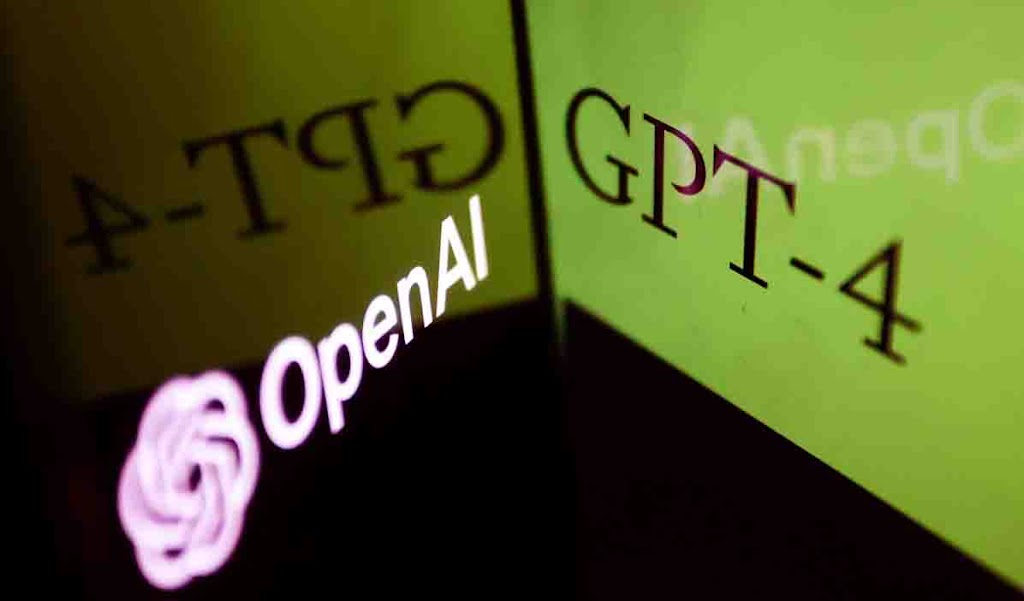Modern AI language processing models GPT-3 (Generative Pretrained Transformer 3) and GPT-4 were created by OpenAI. They may produce writing that resembles that of a human and have a wide range of uses, including language translation, language modelling, and creating text for chatbots and other applications. With 175 billion parameters, GPT-3 is one of the most sophisticated and substantial language processing AI models available today.
The creation of ChatGPT, a highly effective chatbot, has been its most frequent use to date. We requested the chatbot for GPT-3 to create its own description, as you can see above, to give you a small sample of its most fundamental capability. Although rather boastful, it is undoubtedly correct and well written.
How much does ChatGPT cost and how can you use it
- Go to the ChatGPT website and register there.
- You must wait till your account is approved (you can skip this step if you have an account from Dall-E 2).
- After logging in, you’ll see a fairly straightforward website. A few sample prompts are provided, along with some details on ChatGPT’s functionality.
- There is a text box at the bottom of the page. You can ask ChatGPT any queries or give prompts here.
ChatGPT is still available for free to use right now. OpenAI has now introduced ChatGPT Pro, a paid-for version with extra features.
Users of this programme will have priority access, faster load speeds, and early access to updates and new features for a monthly fee of $20 (£16).
The free version is still available right now, but it’s not clear if that will change in the future
What distinguishes GPT-4 from GPT-3?
GPT-4 is essentially the same as GPT-3, which it replaced. New additions, though, give the software’s capabilities a boost.
The main difference between ChatGPT and GPT-4 is that GPT-4 allows users to submit up to 25,000 words, an increase of 8 times the number allowed by ChatGPT.
In addition, OpenAI claims that their most recent technology creates fewer errors they are referring to as “hallucinations.” Earlier, ChatGPT might get lost, respond to your query with nonsense, or even submit stereotypes or incorrect information.
Moreover, GPT-4 is more adept at expressing inventiveness and toying with language. ChatGPT was requested to summarise a blog post using just words that begin with the letter “g” as part of OpenAI’s presentation of the new technology. It also comprehends poetry and other forms of creative writing better, while it is still far from flawless.
Moreover, OpenAI demonstrated the potential of employing graphics as prompt initializers. For instance, the team displayed a picture of an ingredient-filled refrigerator along with the question, “What might I cook with these products?” A step-by-step recipe was then returned by ChatGPT.
OpenAI also suggests the use of video for prompts, albeit it wasn’t proven. Theoretically, users may enter videos with a written instruction for the language model to understand.
Although using photographs to create recipes is a brilliant use of technology, using images with ChatGPT is just the beginning. Also, the business showed that it was possible to build an entire website that ran JavaScript from a simple scribbled drawing.
GPT-3 mainly competed with authors and journalists as a tool to fulfil tasks typically carried out by humans. GPT-4 is being demonstrated as having the capacity to produce websites, finish tax reports, compile recipes, and manage reams of legal data.
worries about the future
Throughout its history, artificial intelligence has been accompanied by a general anxiety, and ChatGPT is no exception. Although critics have been quick to express concerns about this technology, even those who are most familiar with it are now exercising caution.
The creation of systems more potent than GPT-4 has been put on hold for at least six months, according to an open letter that has been prepared. This would encompass OpenAI’s work on GPT-5, the upcoming platform that ChatGPT will eventually run on.
Prominent AI researchers as well as leaders in the tech sector, including Elon Musk, Steve Wozniak, and Yuval Noah Harari, have signed an open letter.
This letter makes the case that the pause should be transparent and observable and claims that organisations like OpenAI, Microsoft, and Google are engaging in a risky race to build and disseminate new AI models for financial gain.
This raises already-present concerns about these platforms in light of a report from Goldman Sachs that predicted 300 million full-time jobs might be disrupted by AI systems like ChatGPT.
Together with these two things, Italy was the first nation to outlaw ChatGPT. However, this was brought on by worries over the handling and preservation of the data used to train the platform. Italy is the only nation to have taken such action thus far, but both the UK and a number of EU nations have expressed worries about
How will GPT-4 be put to use?
Many large corporations had previously adopted GPT-3, incorporating the technology into search engines, applications, and software, but OpenAI appears to be pushing GPT-4 even further.
Now, Microsoft’s Bing is the primary user of the technology, but according to OpenAI, organisations like Khan Academy are also using it to assist students with their homework and provide teachers with lesson plans.
The language-learning programme Duolingo has also gotten involved with ‘Duolingo Max,’ which has two functions. One will assist in explaining why your response to a question was correct or incorrect, and the other will set up role plays using artificial intelligence to simulate language in various contexts.
Companies like payment processor Stripe and customer service provider Intercom are among those expanding their use of this technology.
What is its scope?
It’s challenging to pinpoint what GPT-3 performs with its 175 billion parameters. As one may expect, the model is limited to language. Instead of being able to create video, sound, or images like its sibling Dall-E 2, it has a profound command of both spoken and written language.
This offers it a rather broad variety of skills, from explaining quantum theories in simple terms to writing lengthy research papers and scholarly articles on sentient farts and cliché rom-coms in parallel universes.
While it can be entertaining to use OpenAI’s years of study to have an AI produce horrible stand-up comedy scripts or respond to queries about your favourite celebrities, its real strength is in its quick processing of complex information.
ChatGPT can create a well-written substitute for hours of study, comprehension, and writing that would otherwise be required to write an article on quantum physics.
It has its limitations, and if your prompt starts to get too complex or even if you simply take a path that narrows a bit too much, the software can become quickly confused.
It is also unable to handle too contemporary concepts. Global events from the previous year will be received with a lack of understanding, and the model may occasionally offer inaccurate or muddled information.
Also, OpenAI is well aware of the internet’s penchant for using AI to create depressing, damaging, or prejudiced content. ChatGPT will discourage you from posing incorrect queries or requesting assistance with risky requests, same to how its Dall-E image generator did earlier.













